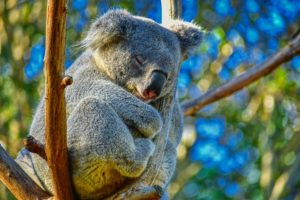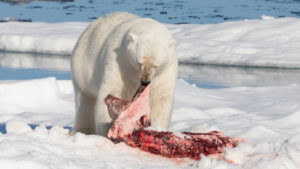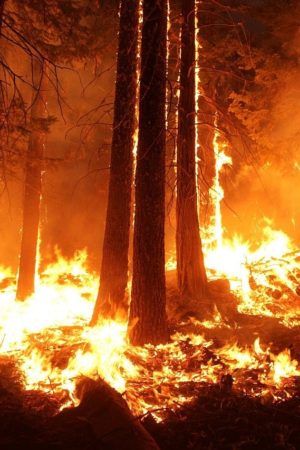Climate Change and the Animal Kingdom

When we think of climate change, our concerns focus on our future, the affect global warming will have on us. While it’s important to maintain our attention on rising sea levels and droughts, we often forget other important victims of climate change: animals.
The reality is that just over 700 endangered animal species are being threatened by climate change. The changing and warming climate patterns are disrupting animals, especially those who have adapted a tolerance to certain environments and temperatures.
Bears, for example, have been reported to be coming out of hibernation early this year due to warmer winters. As we all know, bears go into hibernation during winter, while its cold and their food sources dwindle for the season. Waking early for bears is devastating, as their sources of food haven’t had a chance to regrow. There are major concerns by experts that this will force bears to go looking for food, often times searching sheds, garages and around houses. Unfortunately, zoos around the world have also been noticing this worrying pattern.

Bears aren’t the only animals being affected by climate change. Earlier this month, it was reported that polar bears have been forced into cannibalism due to climate change. Between 1979 and 2019, ice levels in the Arctic have dropped by 1.9 million square kilometres, roughly the size of Queensland. Human interaction with the region has not helped the matter either. The fossil fuel industry, which has been mining in the area as well as increasing ship presence in the region, has been disastrous to the polar bears in the Arctic. Combined with the melting ice and decrease of ice sheets to stand on, polar bears have been forced inland and out of the water. Russian researchers have been examining these effects on Arctic bears, and found that they have been turning on each other for food.
And the situation here is no better. Koala populations in Australia have been decreasing drastically by 40% in Queensland and roughly 33% in NSW over the last two decades. The Australian Koala Foundation estimated there were a maximum of 90,000 koalas left, and this was before the bushfires that destroyed wildlife and habitats this summer. Over the last few years, Australia has seen hotter temperatures, drought and devastating bushfires, all of which are very bad for our koala population. The shrinking of koala habitats and lack of food have forced Koala’s to look for food elsewhere, the result being more Koala’s being hit by cars and attacked by predators (around 4000 are killed for these reasons each year).
These are only a few of the thousands of animals who have been severely effected by climate change for years, and we have hardly noticed.
The 2020 Sydney University Student Anthology is now open for submissions on the topic of climate change, so send us your artworks, poetry, short fiction and non-fiction. Submit here.
 Previous Post
Previous Post Next Post
Next Post